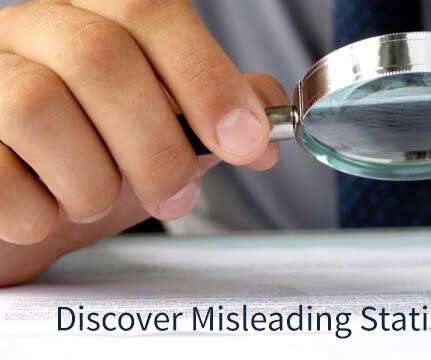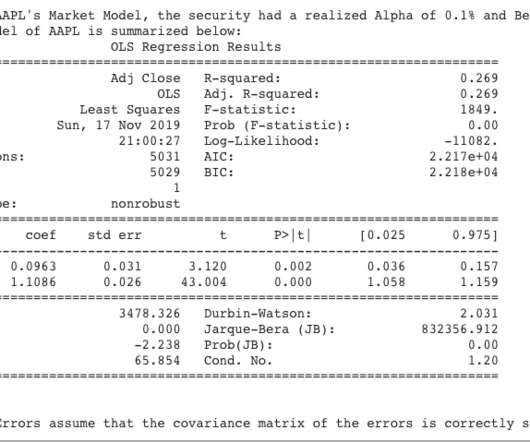Misleading Statistics Examples – Discover The Potential For Misuse of Statistics & Data In The Digital Age
datapine
DECEMBER 28, 2021
1) What Is A Misleading Statistic? 2) Are Statistics Reliable? 3) Misleading Statistics Examples In Real Life. 4) How Can Statistics Be Misleading. 5) How To Avoid & Identify The Misuse Of Statistics? If all this is true, what is the problem with statistics? What Is A Misleading Statistic?














Let's personalize your content